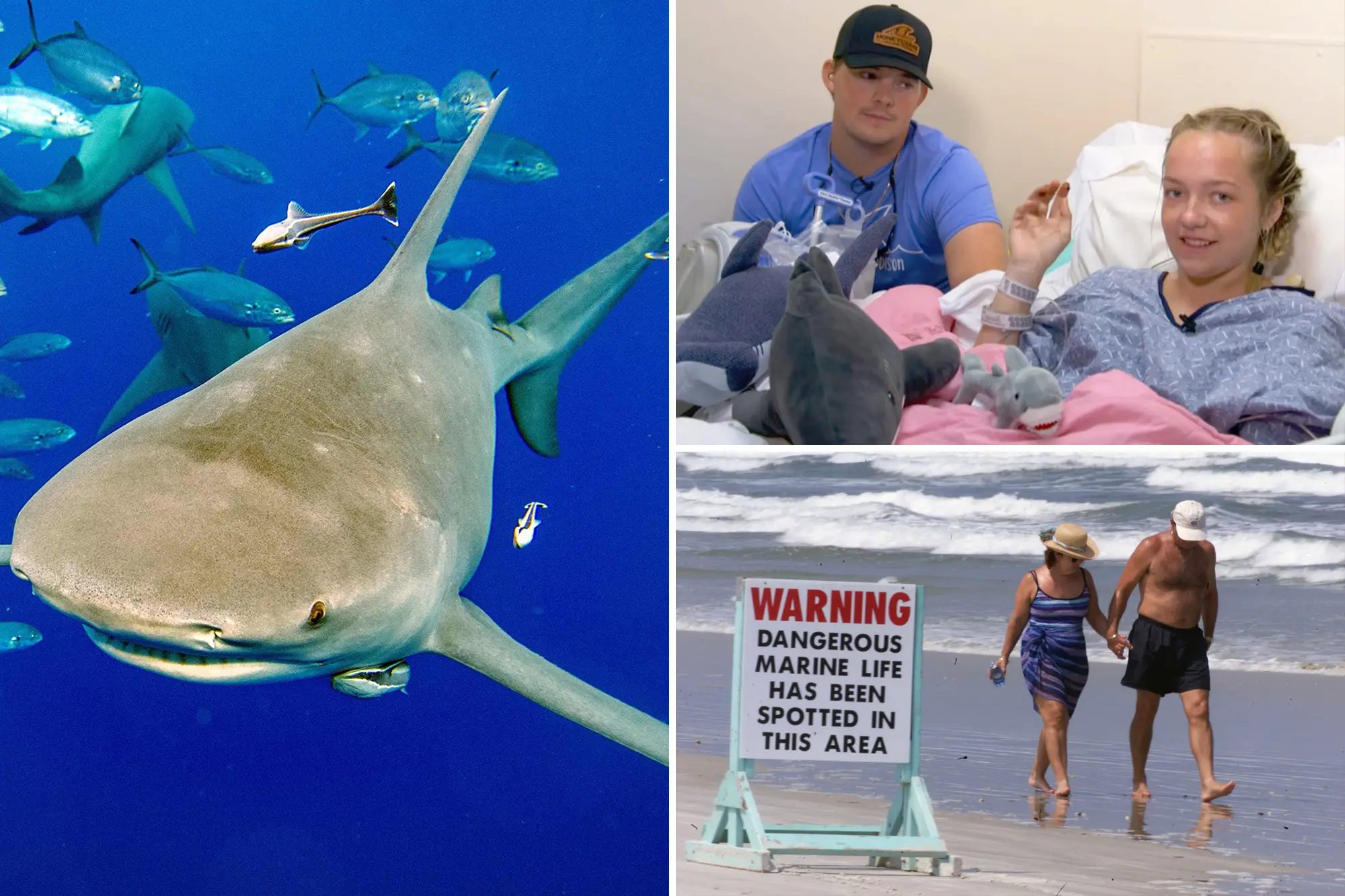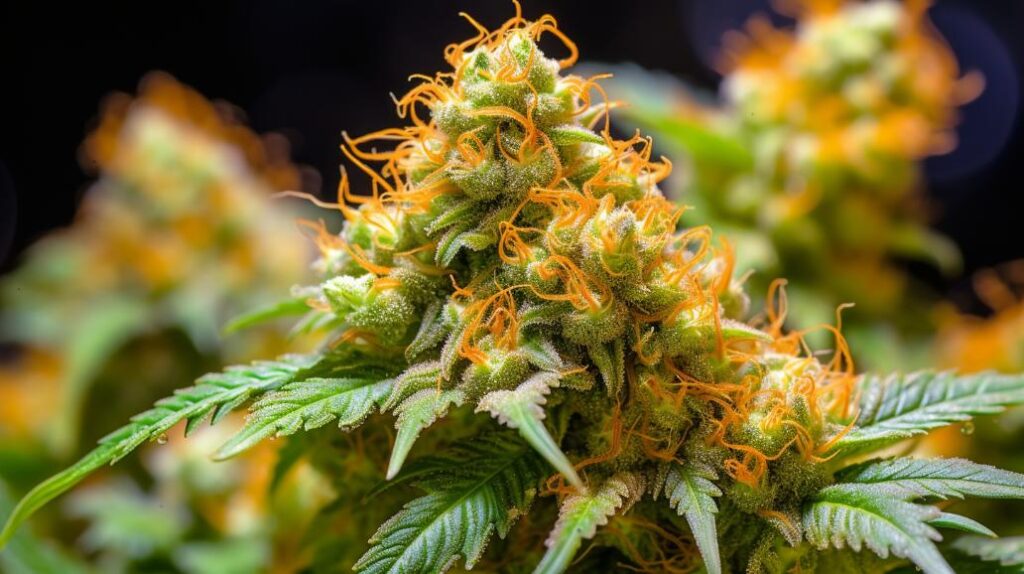Biodiversity is a big word that means the variety of life we find around us. It includes all the different plants, animals, and tiny living things, like bacteria and fungi. Imagine walking in a forest filled with colorful flowers, tall trees, chirping birds, and busy insects. Each of these living things plays a special role in making the world a better place. In this article, we will explore why biodiversity is so important for our planet and for us.
What Is Biodiversity?
Before we dive into why biodiversity is important, let’s break down what it really means. Biodiversity can be seen at three levels:
- Genetic Diversity: This refers to the variety of genes within a species. For example, think about dogs. They come in many shapes, sizes, and colors. This variety helps the species adapt to different environments.
- Species Diversity: This is about the different types of plants and animals. In a healthy ecosystem, you will find many species living together. For instance, a coral reef is home to countless fish, corals, and other marine life.
- Ecosystem Diversity: This is the variety of habitats, like forests, oceans, and deserts. Each ecosystem supports different kinds of life and helps to keep the balance of nature.
When we talk about the importance of biodiversity, we are considering all these levels and how they connect to our everyday lives. Also read The Importance of Biodiversity
Why Is Biodiversity Important?
Biodiversity is essential for several reasons. Let’s look at some of the most significant ones.
Healthy Ecosystems
Healthy ecosystems are like well-functioning teams. Each member has a specific role. For example, bees help flowers grow by spreading pollen, while plants provide oxygen for us to breathe. If one part of this team is missing, the whole ecosystem can suffer. This is why biodiversity is vital; it ensures that ecosystems remain resilient and can adapt to changes.
Food Security
Biodiversity is crucial for our food supply. The variety of crops we grow depends on different plant species. Imagine if we only grew one type of apple. If a disease attacked that apple tree, we would have no apples left! By having many types of plants, we create a safety net. This variety helps farmers grow food that can survive different challenges, like pests and climate change.
Medicinal Resources
Did you know that many medicines come from plants and animals? Biodiversity is a treasure trove of resources for medicine. For instance, the rosy periwinkle plant, which is native to Madagascar, is used to treat cancer. By preserving biodiversity, we keep the door open for discovering new medicines that could save lives in the future.
Climate Regulation
Biodiversity plays a significant role in regulating the climate. Forests, for example, absorb carbon dioxide, a gas that contributes to climate change. The more diverse a forest is, the better it can perform this task. Healthy ecosystems help maintain balance, which is essential for keeping our planet’s climate stable.
Cultural Significance
Different cultures around the world are connected to their local biodiversity. Many communities rely on specific plants and animals for food, shelter, and traditional practices. For instance, Indigenous peoples often have deep knowledge of the plants and animals in their area. Losing biodiversity can mean losing cultural heritage and knowledge passed down through generations.
Threats to Biodiversity
Even though biodiversity is crucial, it faces many threats. Understanding these threats can help us take action to protect it.
Habitat Loss
As humans build cities, farms, and roads, we destroy the natural habitats where many plants and animals live. This loss of habitat is one of the leading causes of declining biodiversity. When an animal loses its home, it often cannot survive. Protecting natural spaces is essential for maintaining biodiversity.
Pollution
Pollution is another major threat to biodiversity. Chemicals from factories and farms can contaminate soil, water, and air. This pollution can harm plants and animals, leading to a decrease in their populations. Clean environments are vital for healthy ecosystems, so reducing pollution is critical.
Climate Change
Climate change is like a giant blanket that is slowly warming the Earth. This change can affect where plants and animals can live. Some species may not be able to adapt quickly enough, leading to extinction. The more diverse an ecosystem is, the better it can adapt to changes, which is why we must protect biodiversity.
Invasive Species
Invasive species are plants or animals that are not native to an area and can cause harm. For example, when a new fish species is introduced to a lake, it might eat the food that local fish need to survive. This can upset the balance of the ecosystem, leading to a decline in native species. Keeping our ecosystems balanced is vital for biodiversity.
Overexploitation
Overfishing, hunting, and logging can deplete natural resources faster than they can be replenished. For example, if too many fish are caught from the ocean, their populations may not recover. This overexploitation can lead to the extinction of species and disrupt entire ecosystems. Sustainable practices are crucial for maintaining biodiversity.
How Can We Protect Biodiversity?
Now that we understand the importance of biodiversity and the threats it faces, let’s talk about what we can do to help protect it.
Support Conservation Efforts
Many organizations work to protect endangered species and their habitats. By supporting these organizations through donations or volunteering, we can contribute to efforts that preserve biodiversity. Every small action counts!
Reduce, Reuse, Recycle
Reducing waste and recycling materials helps minimize pollution and conserve natural resources. By recycling, we lessen the need to extract new materials, which can harm ecosystems. Simple actions, like using reusable bags or bottles, can make a big difference.
Choose Sustainable Products
When shopping, we can choose products that are made sustainably. For example, buying seafood that is certified as sustainable helps ensure that fish populations remain healthy. Look for labels that indicate environmentally friendly practices.
Educate Others
Sharing knowledge about the importance of biodiversity can inspire others to take action. Talk to friends and family about why it matters and what they can do to help. The more people understand, the more likely they are to get involved.
Create Wildlife Habitats
Even in our backyards, we can help biodiversity. Planting native flowers and creating habitats for birds, bees, and other wildlife supports local ecosystems. Simple steps, like putting up a bird feeder or planting a butterfly garden, can make a big impact.
Conclusion
The importance of biodiversity cannot be overstated. It is the foundation of our ecosystems, food security, and even our health. By recognizing the threats to biodiversity and taking action to protect it, we can ensure a healthier planet for future generations. Biodiversity is not just about the plants and animals we see; it’s about the intricate web of life that time supports us all. Let’s cherish and protect this diversity, as it is vital for our well-being and the health of our Earth. Every action counts, and together, we can make a difference!





